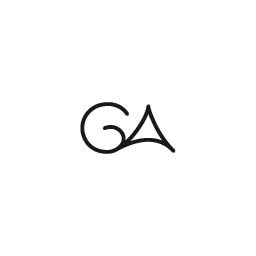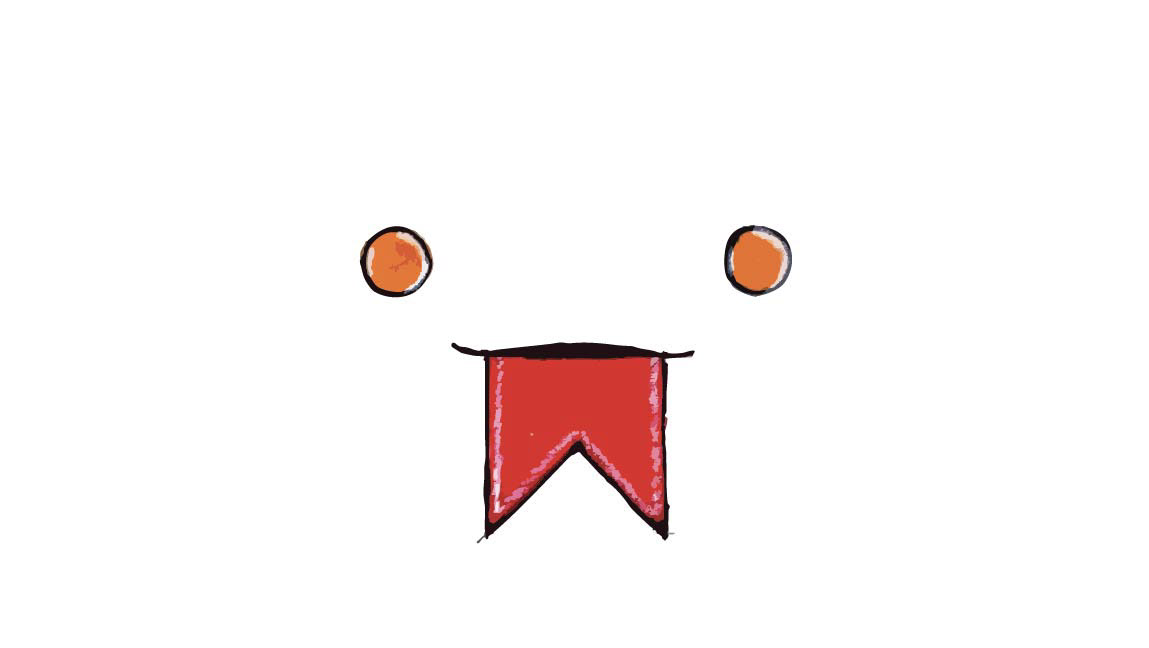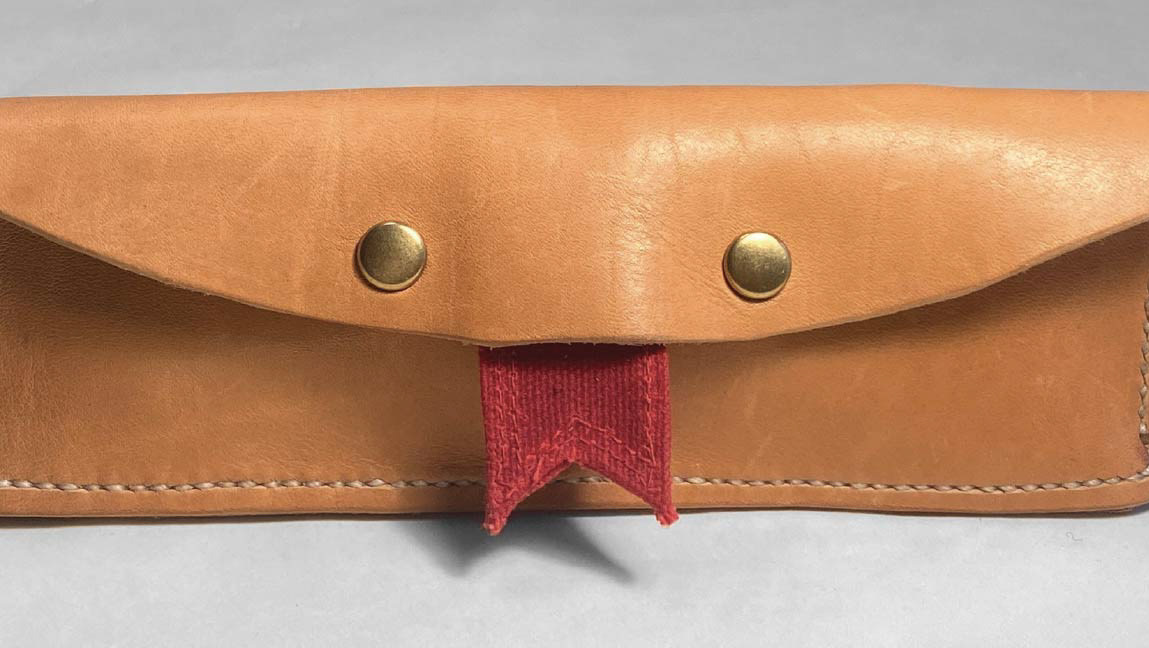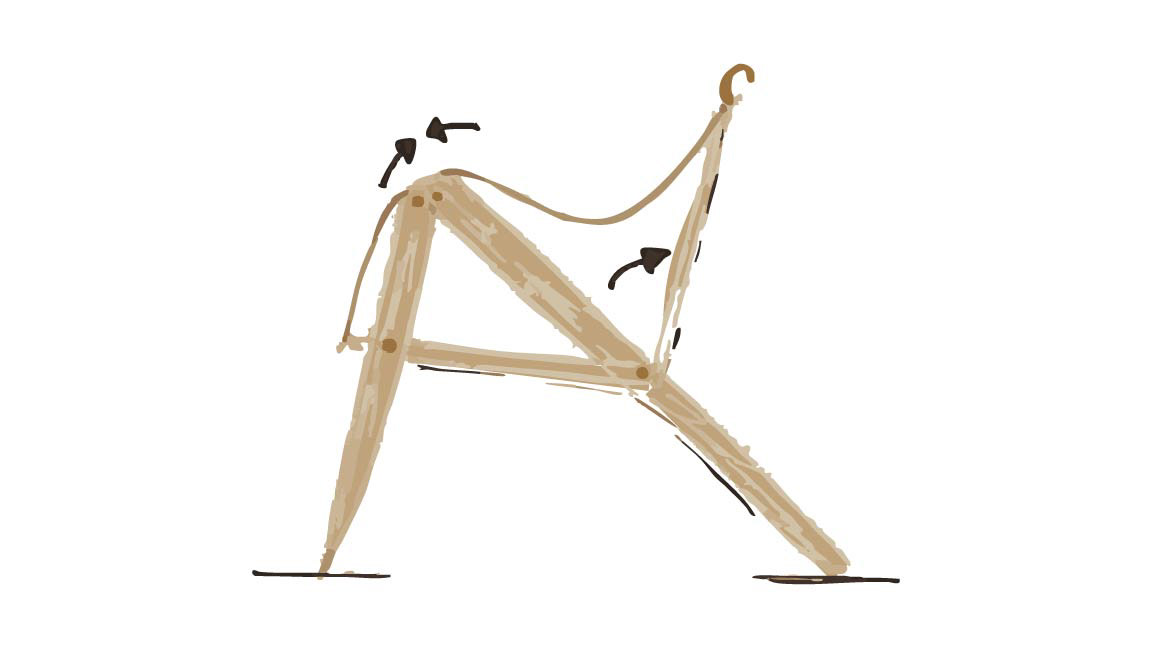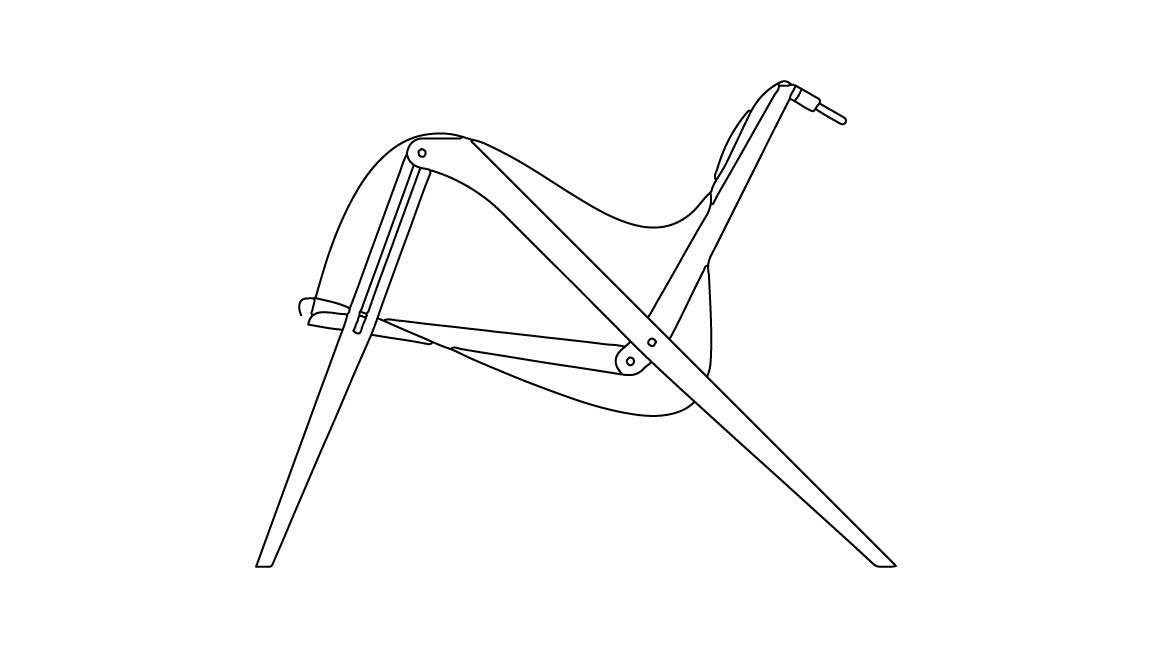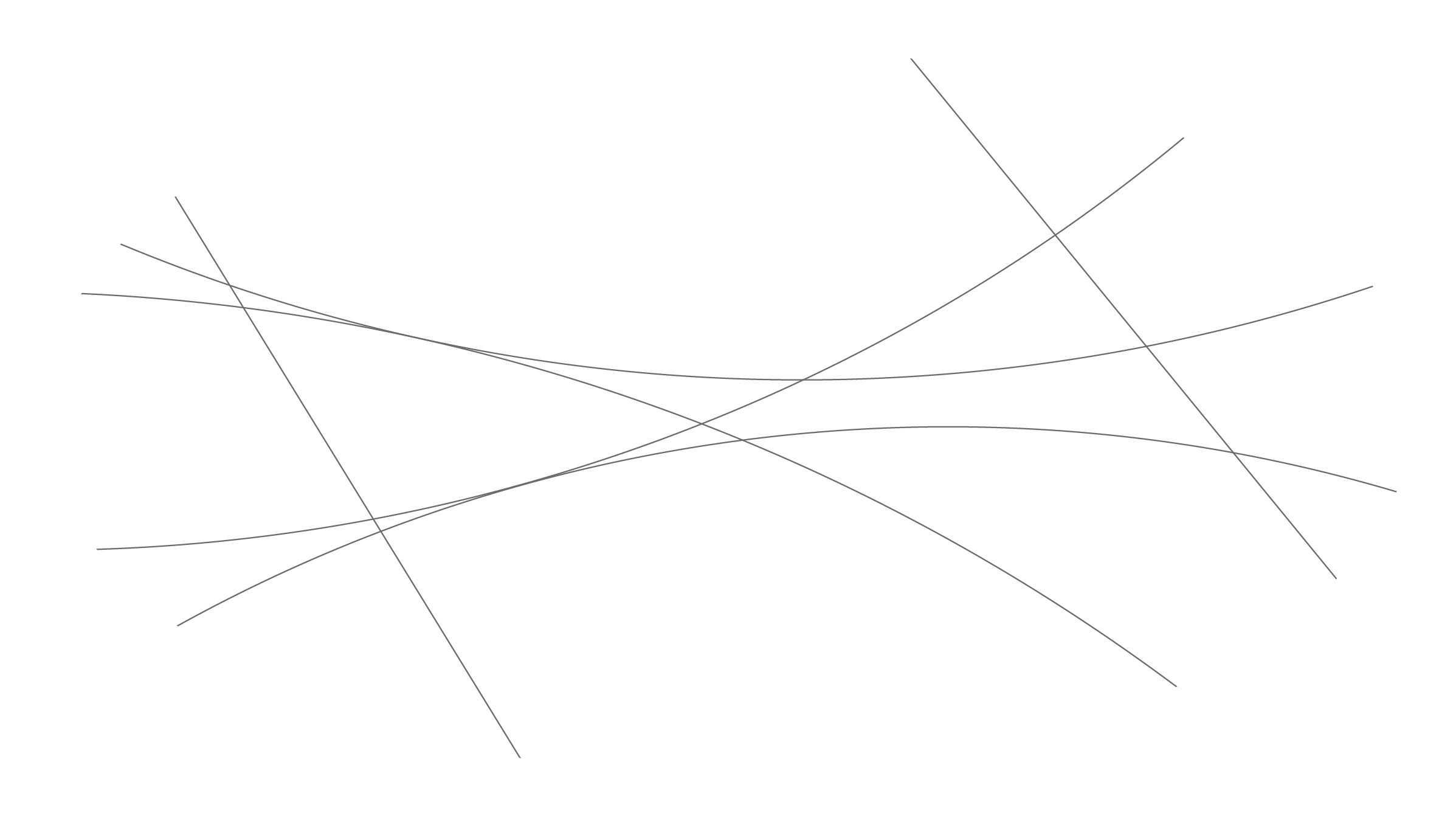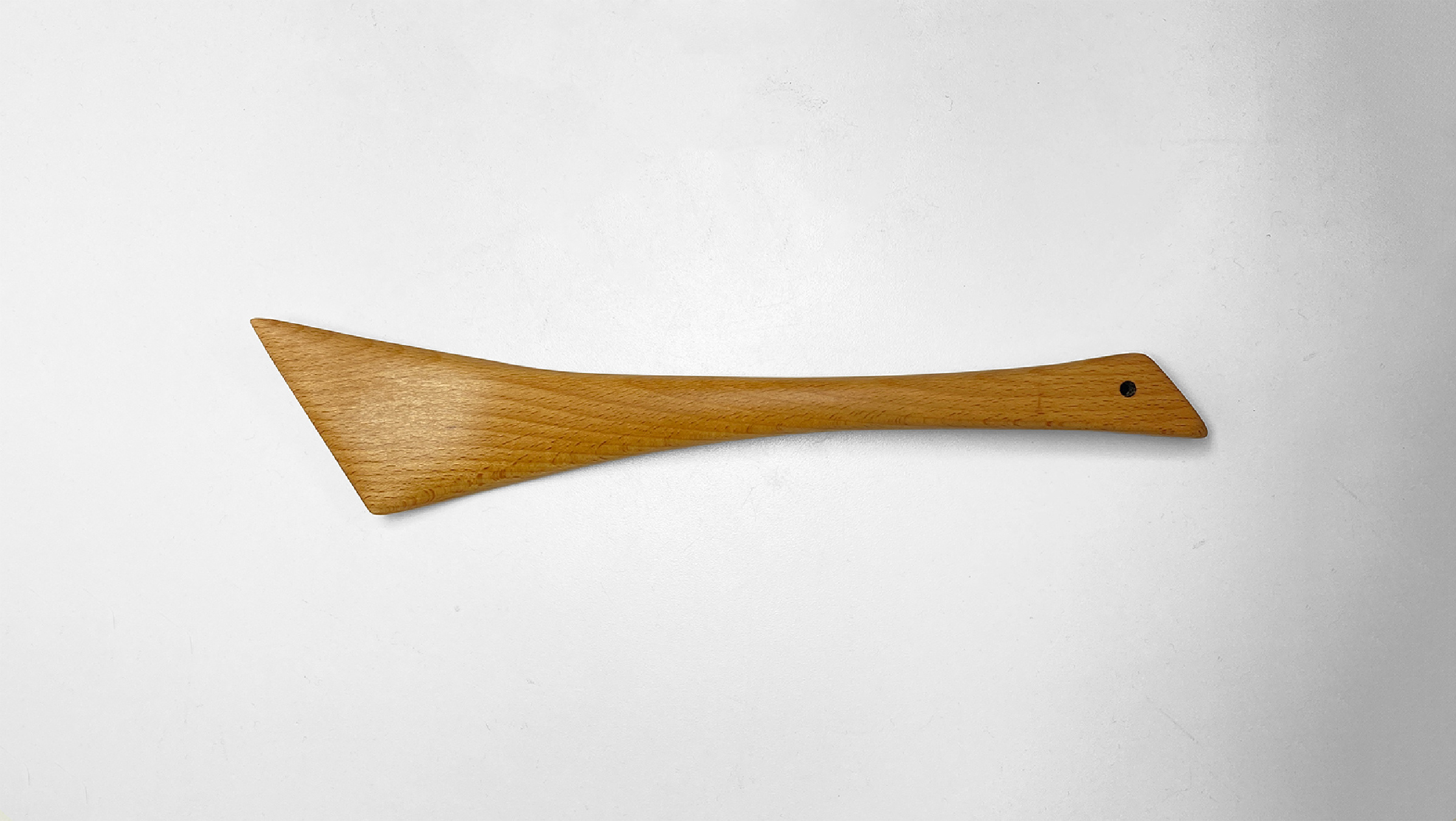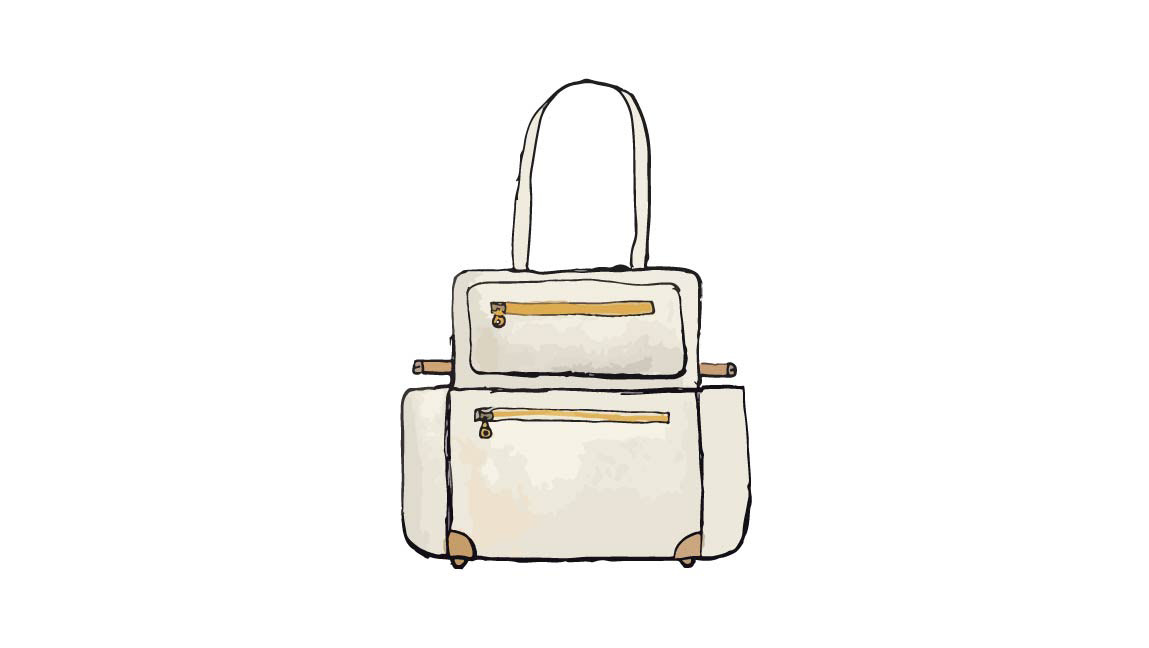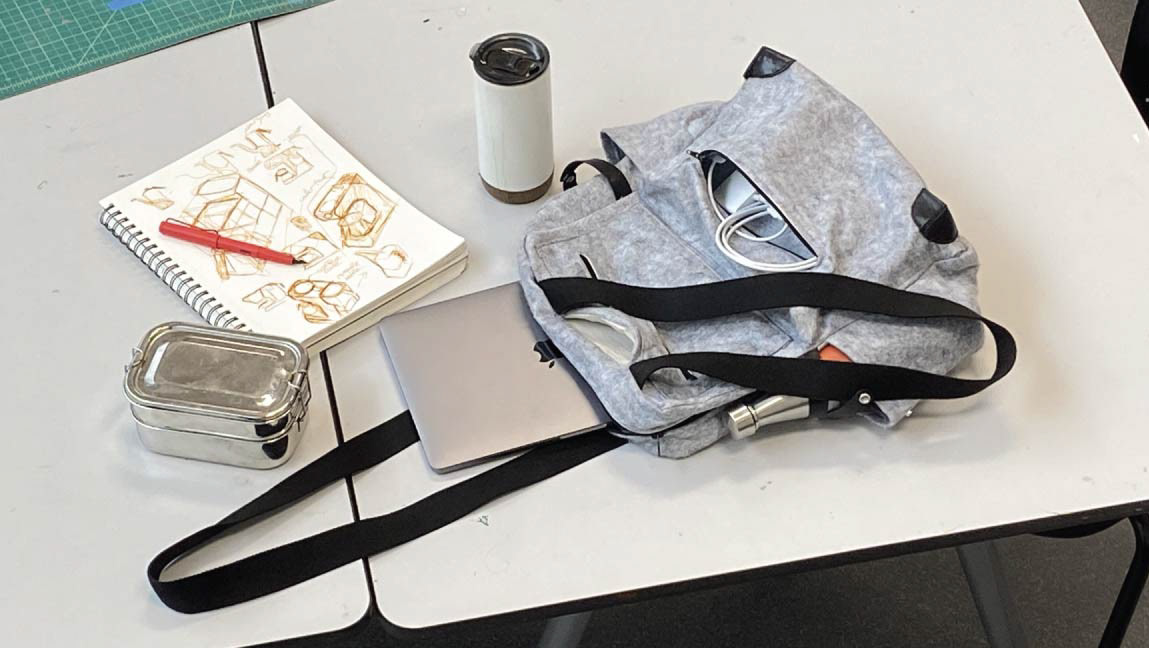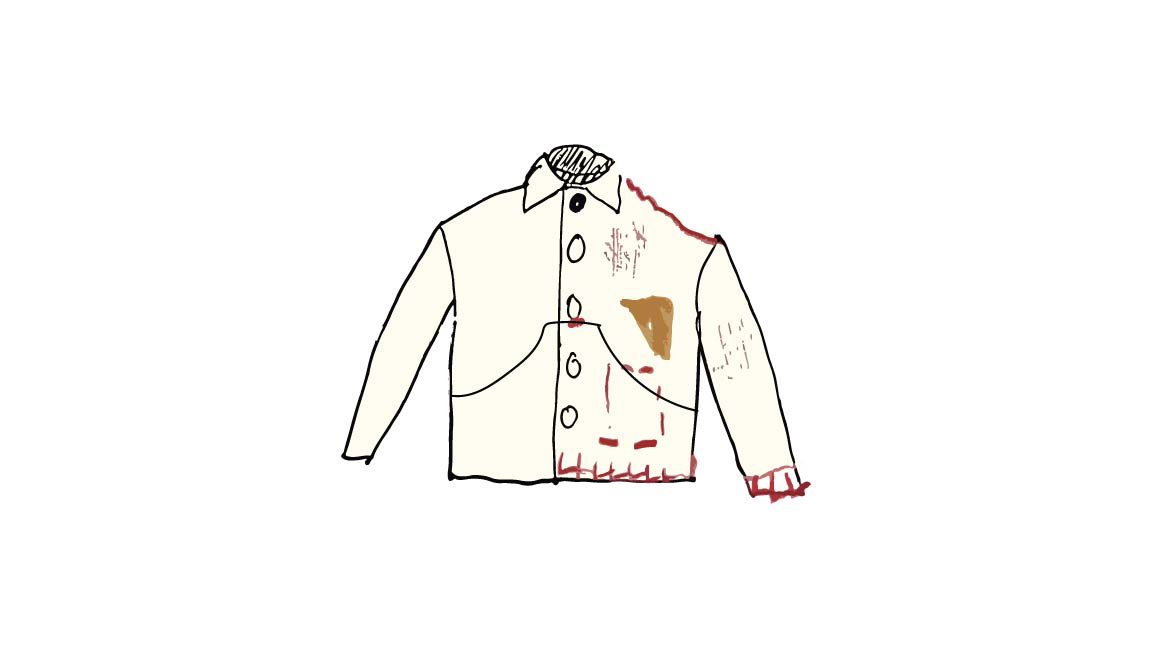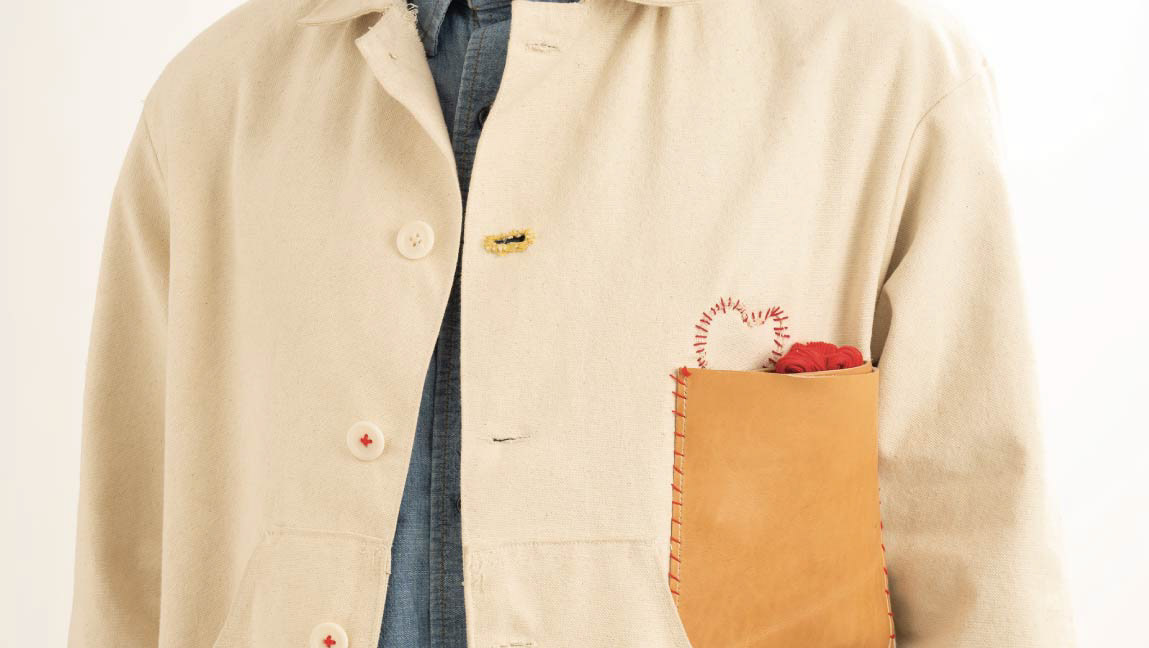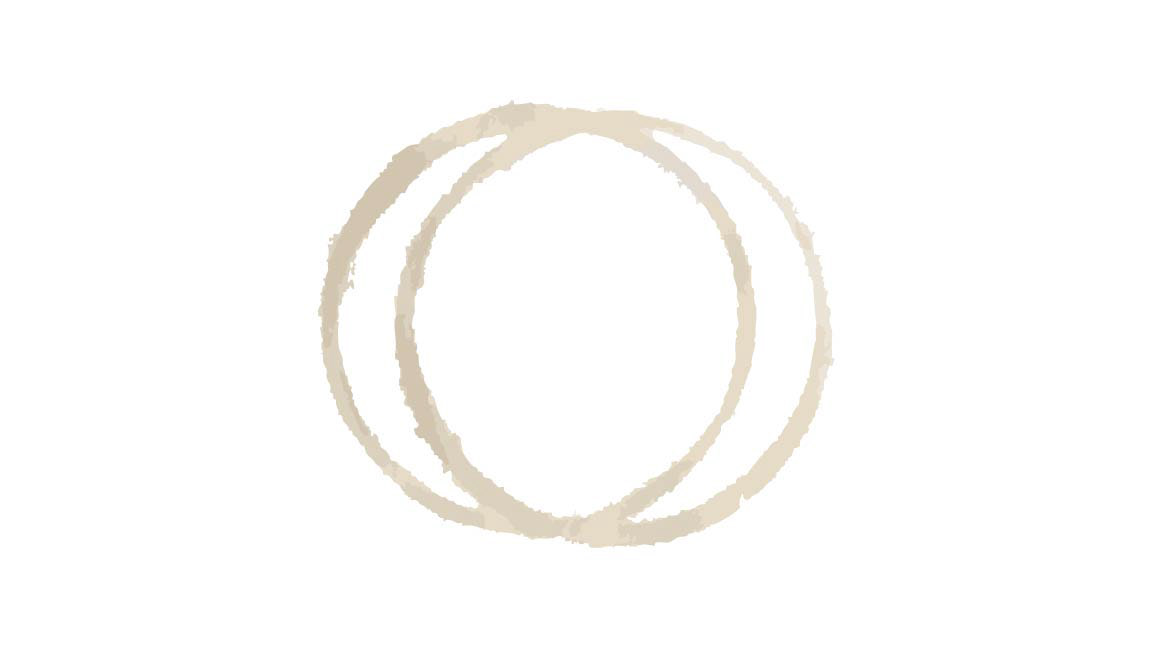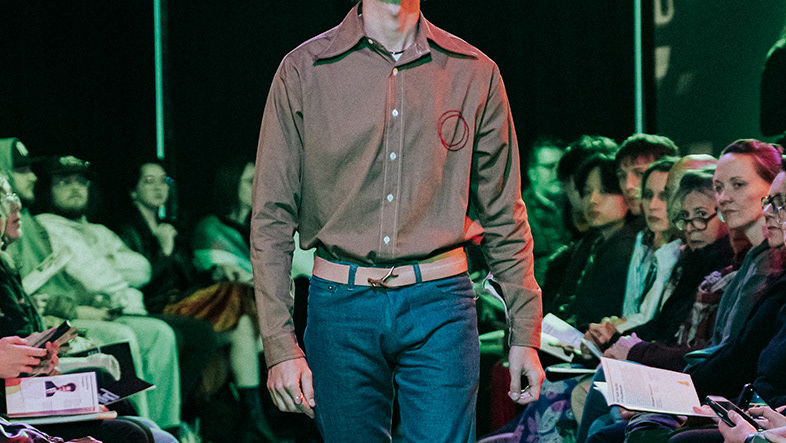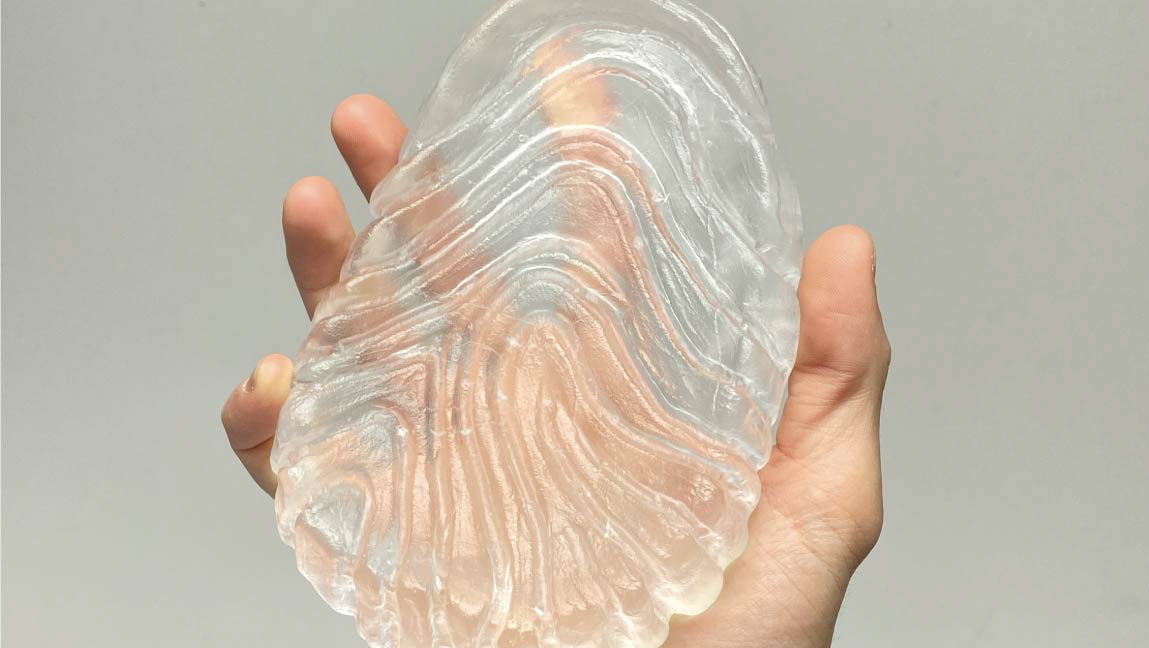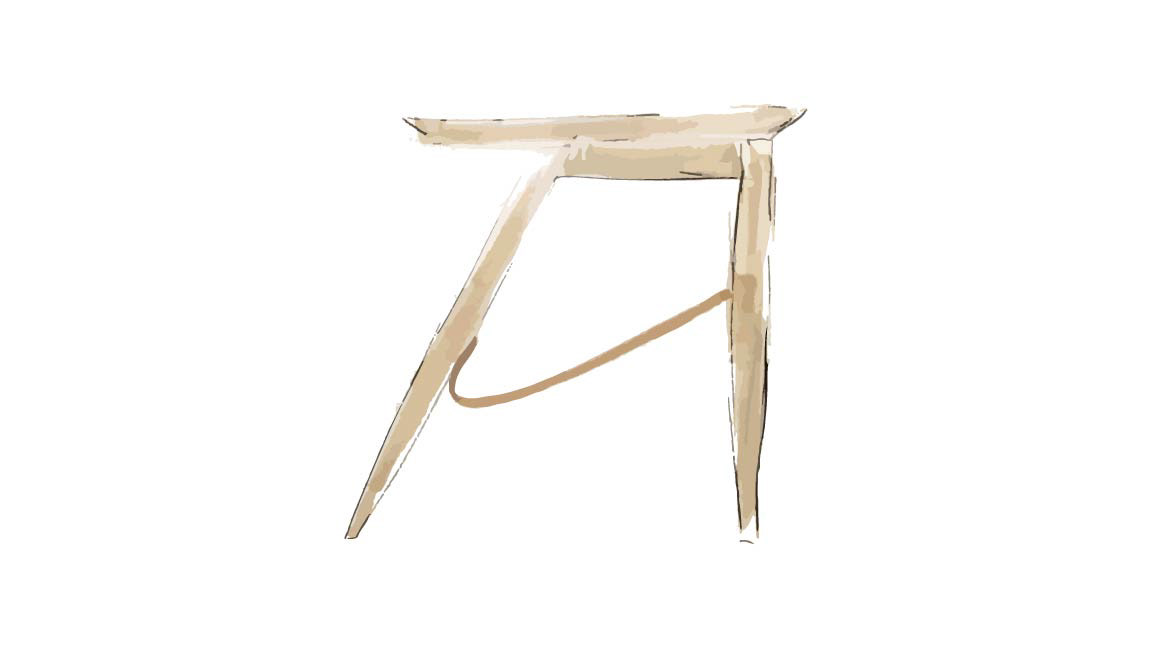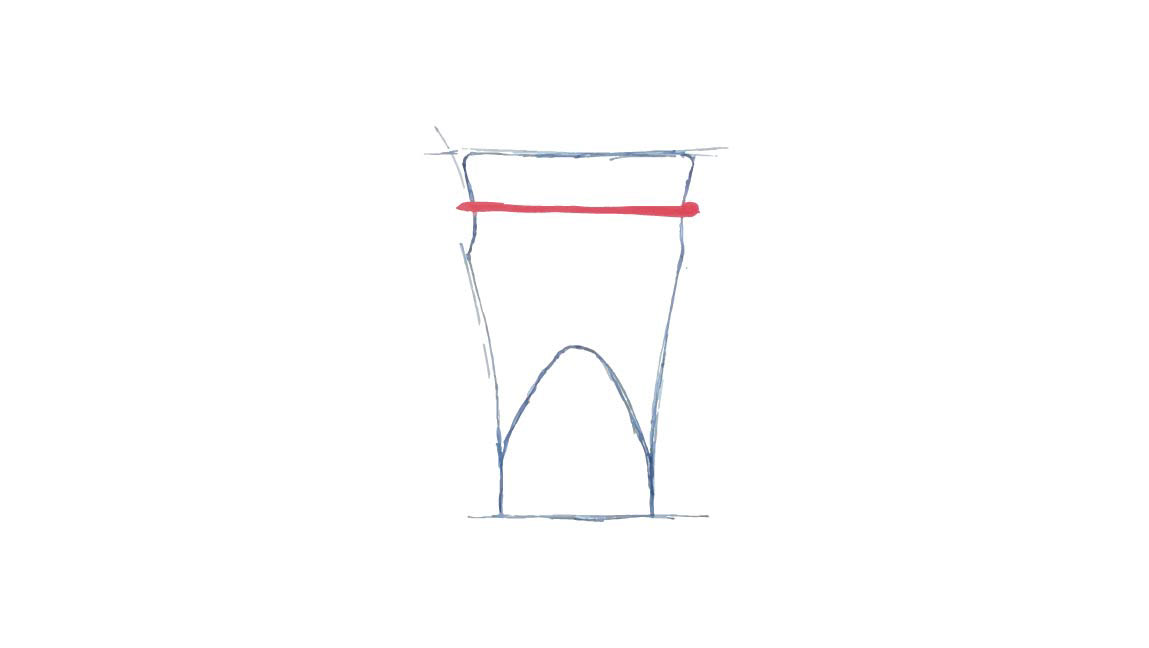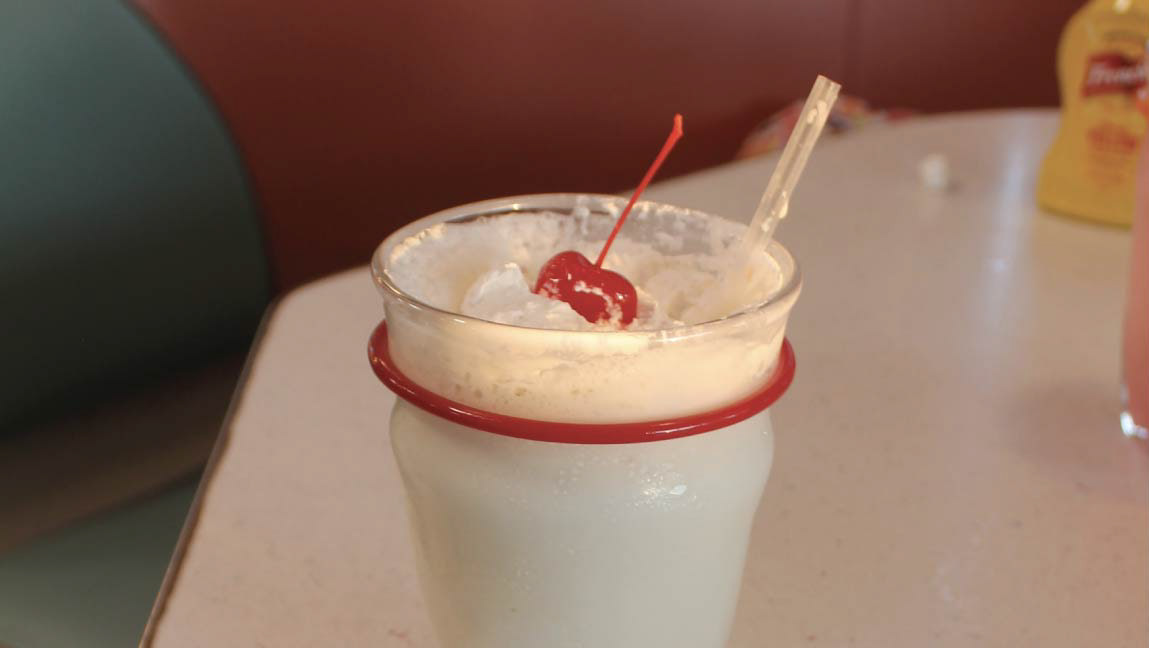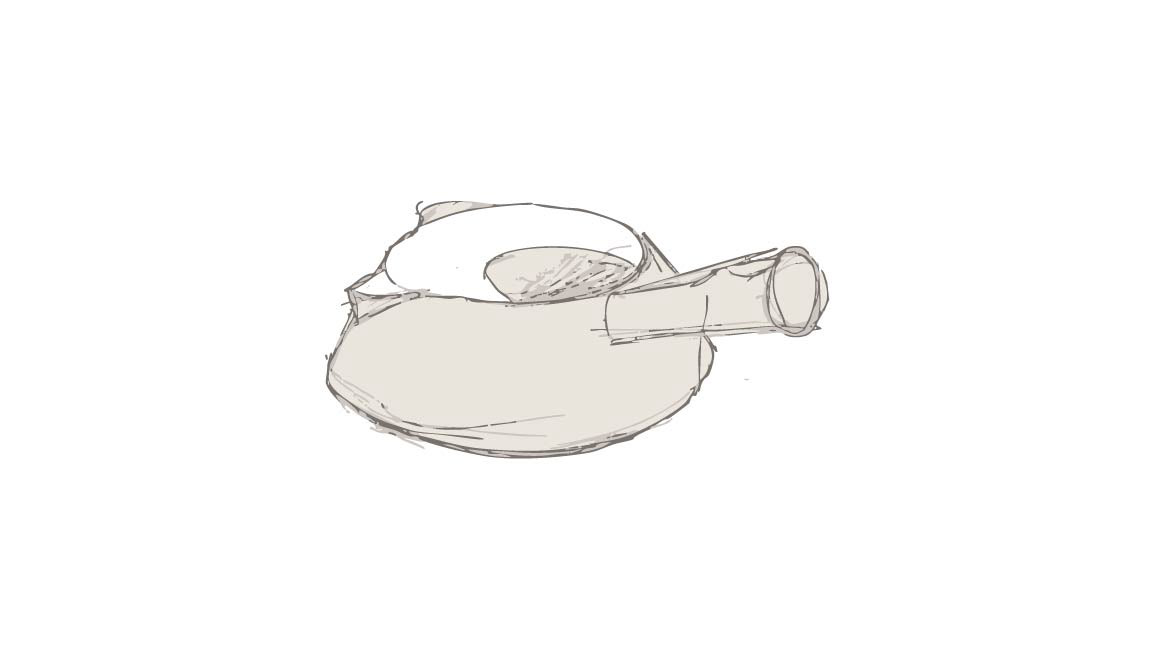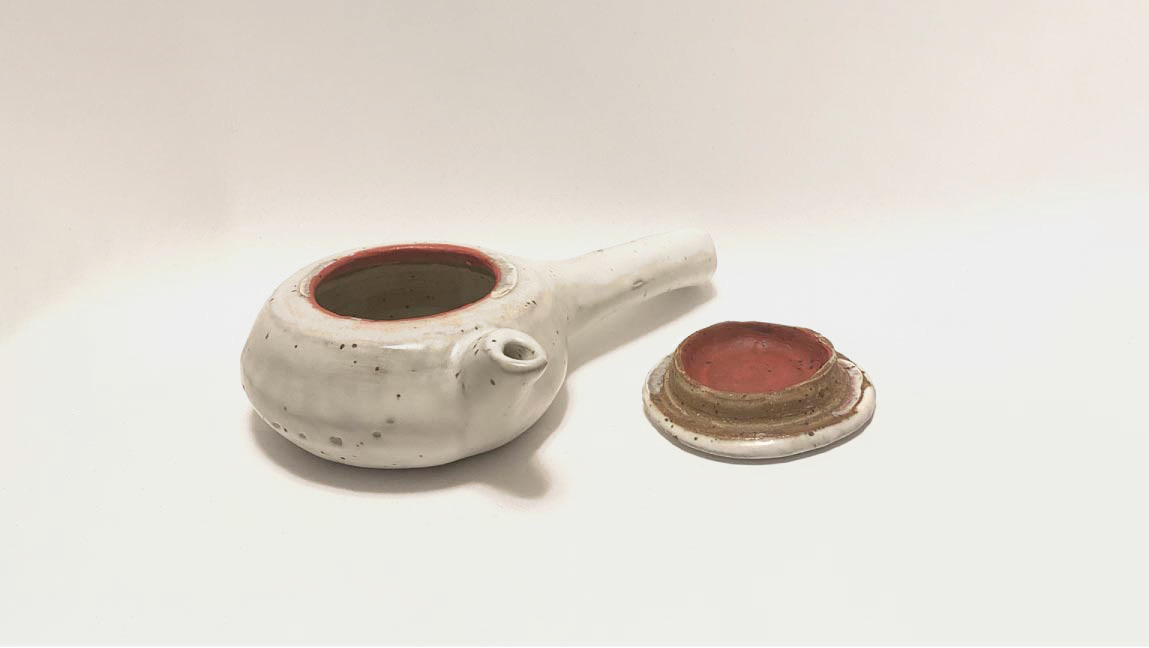As a way to elevate the dignity of design professionals, Massimo Vignelli had his employees wear white lab coats. How can this sense of professionalism be interpreted through a formal lens, while being functional for a studio environment?
A key element considered was the style of the pockets. Various styles were examined to see which were typical for formal versus non-formal garments. Welt pockets are standard on the exterior pockets of a suit jacket, sometimes called besom pockets. A flap may also be present, which covers the pocket from debris, but can be tucked away to be hidden.
A double breasted jacket was determined to have too many unnecessary buttons (an entire column).If those buttons are removed, the jacket becomes too asymmetrical.
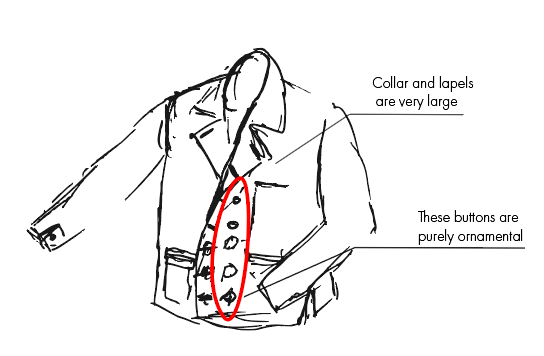
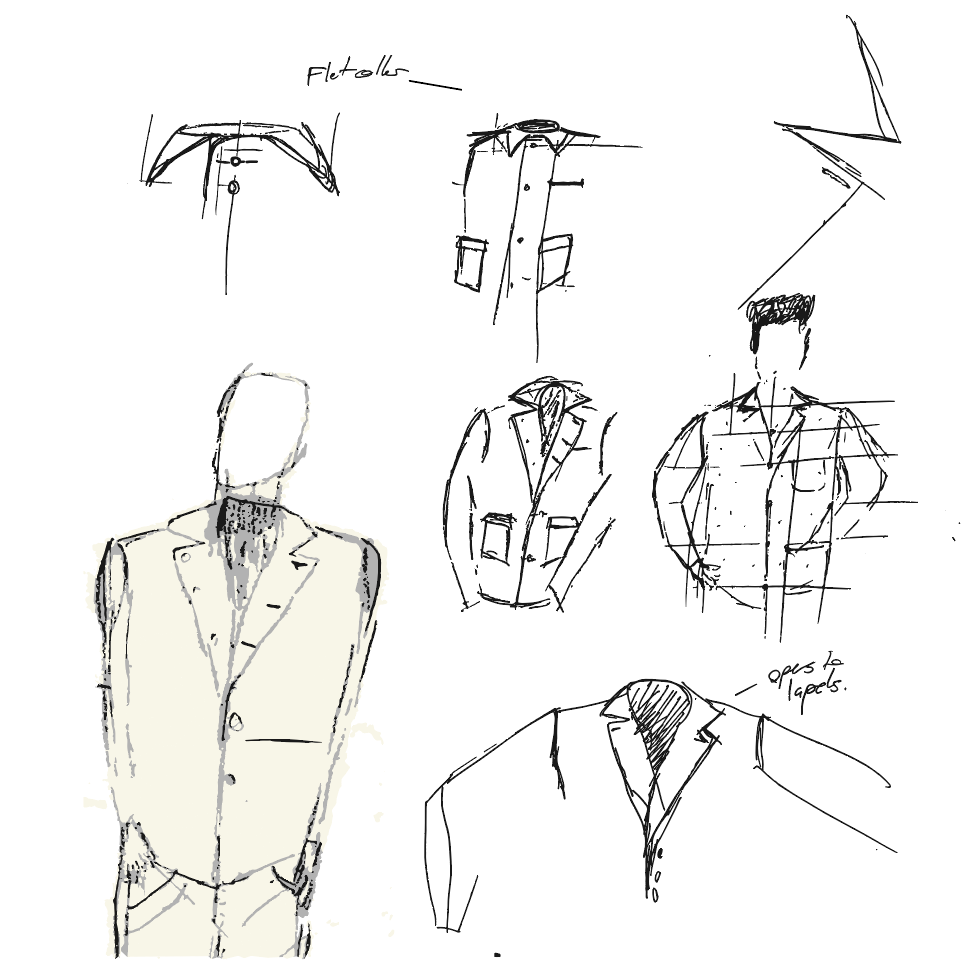
This jacket was made as a part of Beyond Fashion 2024, a fashion show hosted by RIT’s Vignelli Center for Design Studies. Each year has a theme, and 2023’s theme was “The Grid is Everything.” The final layout of the jacket is loosely based on the Vignellis’ grid, emphasized with hardware and embellishments.
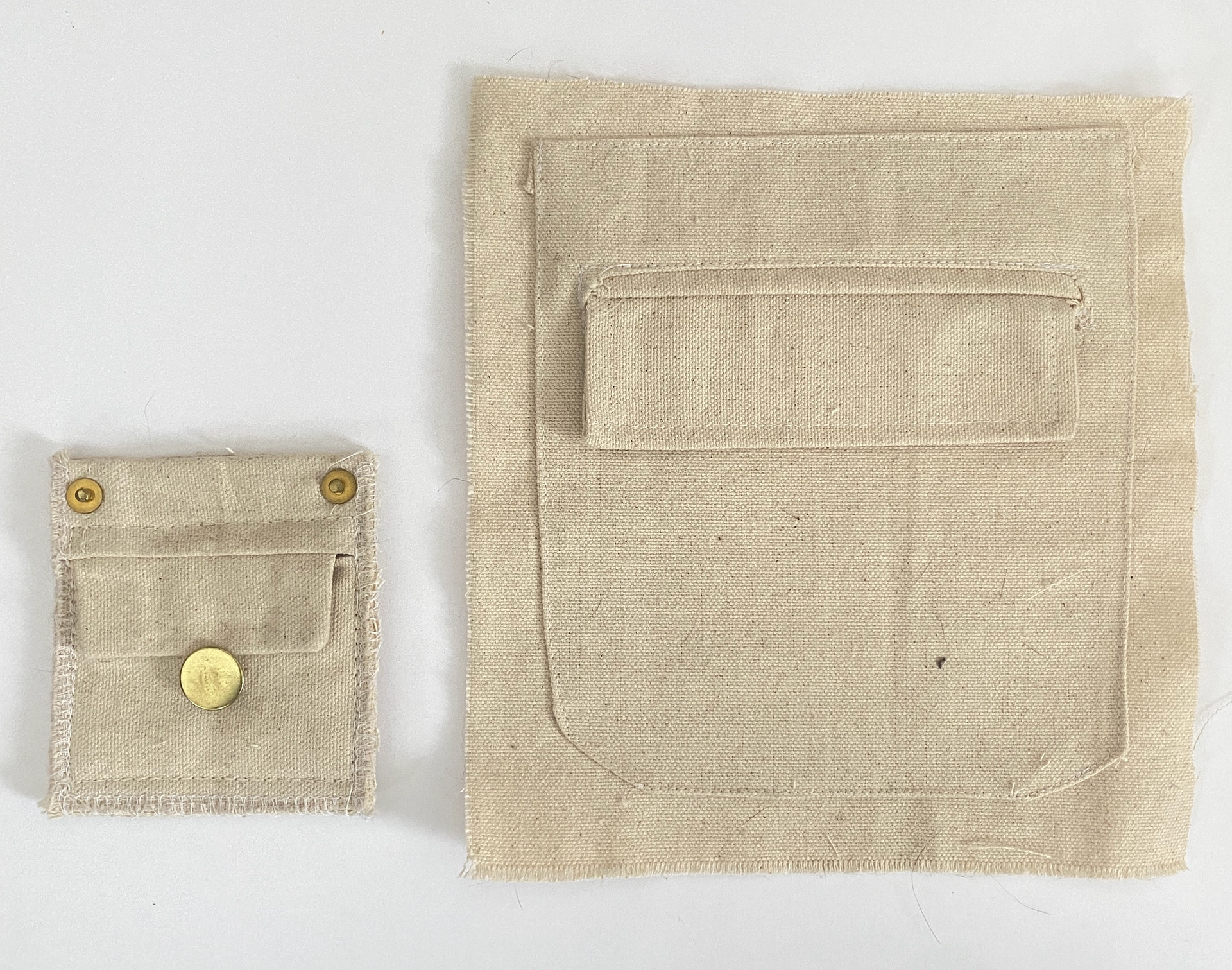
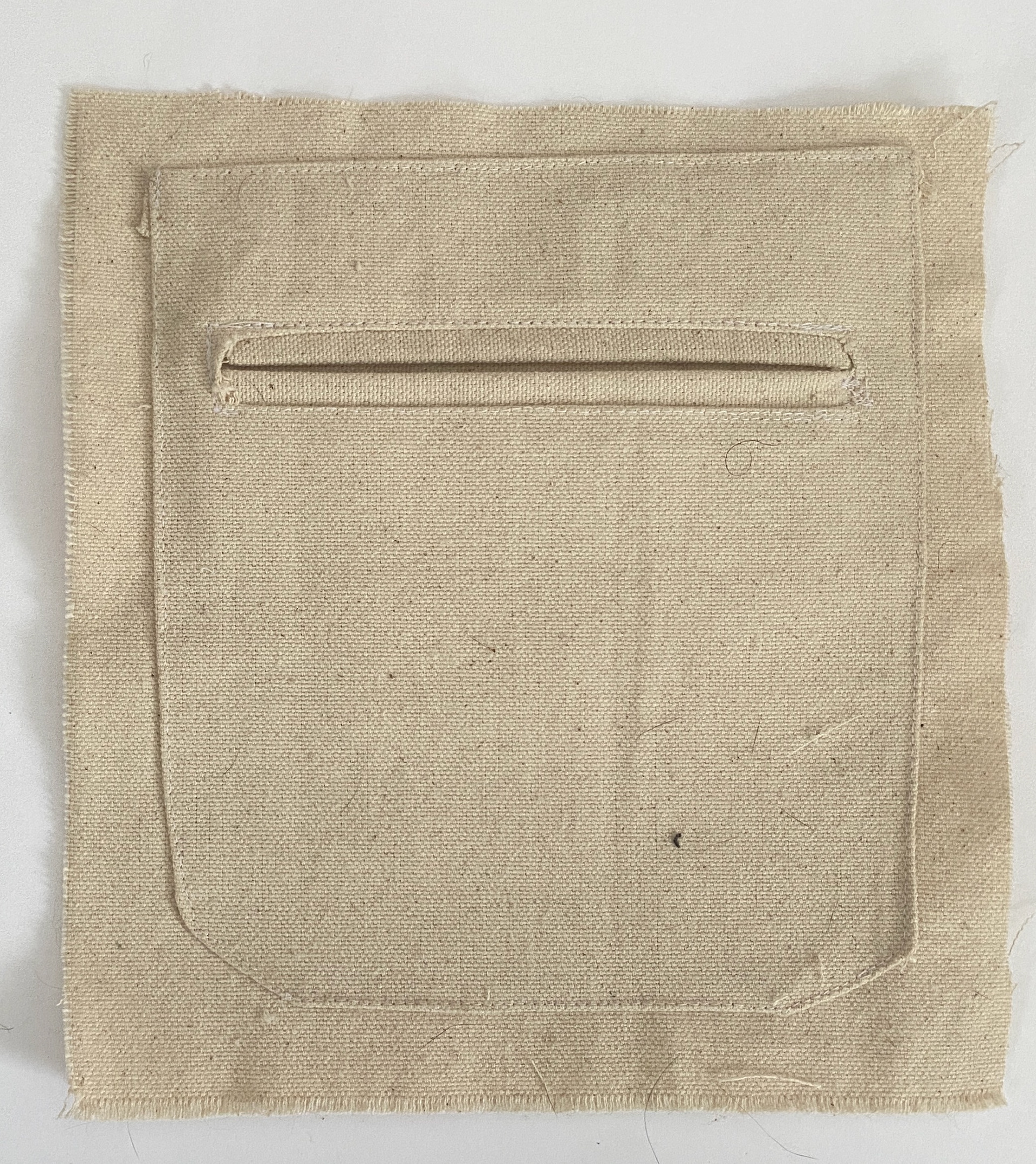
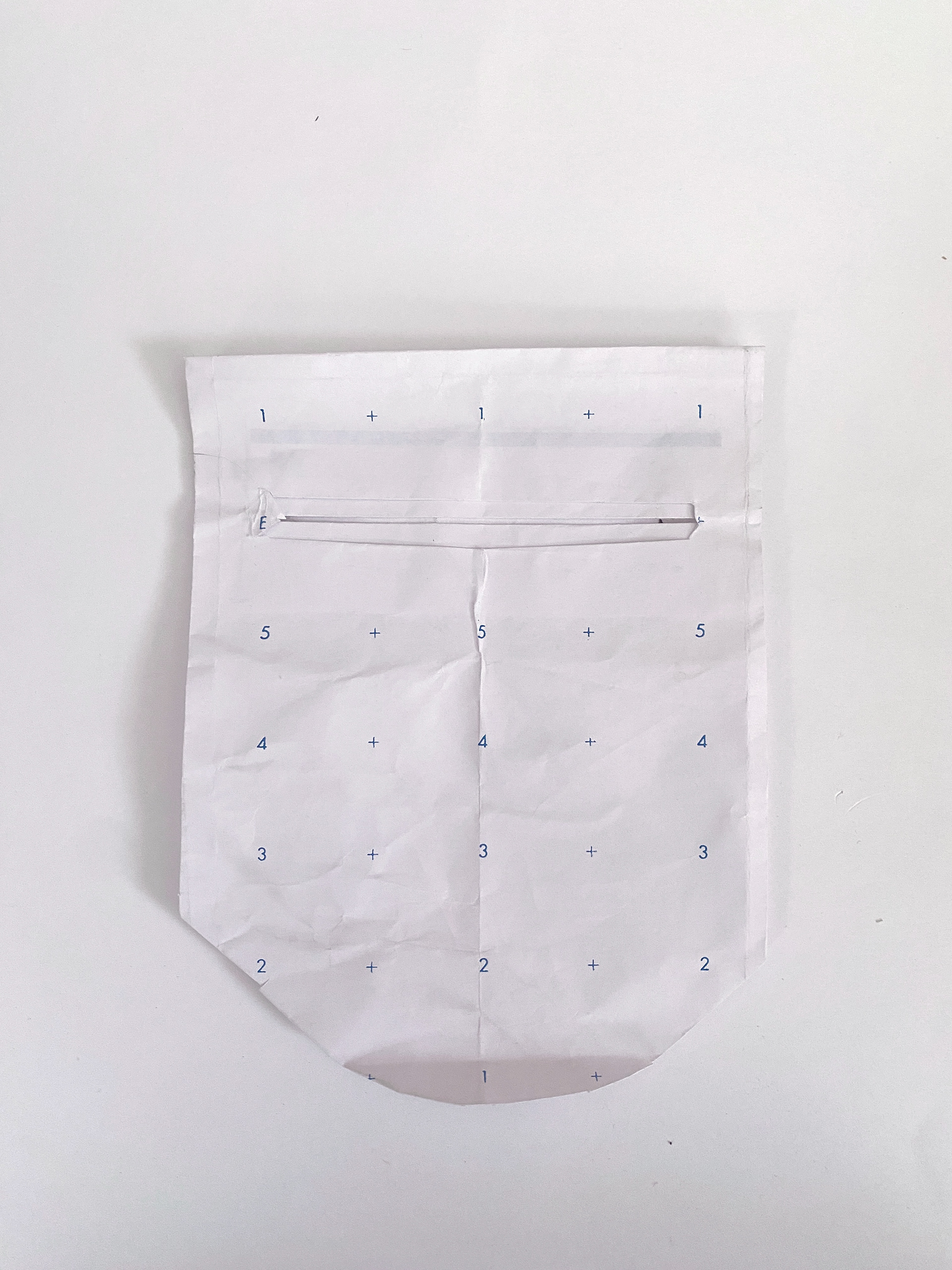
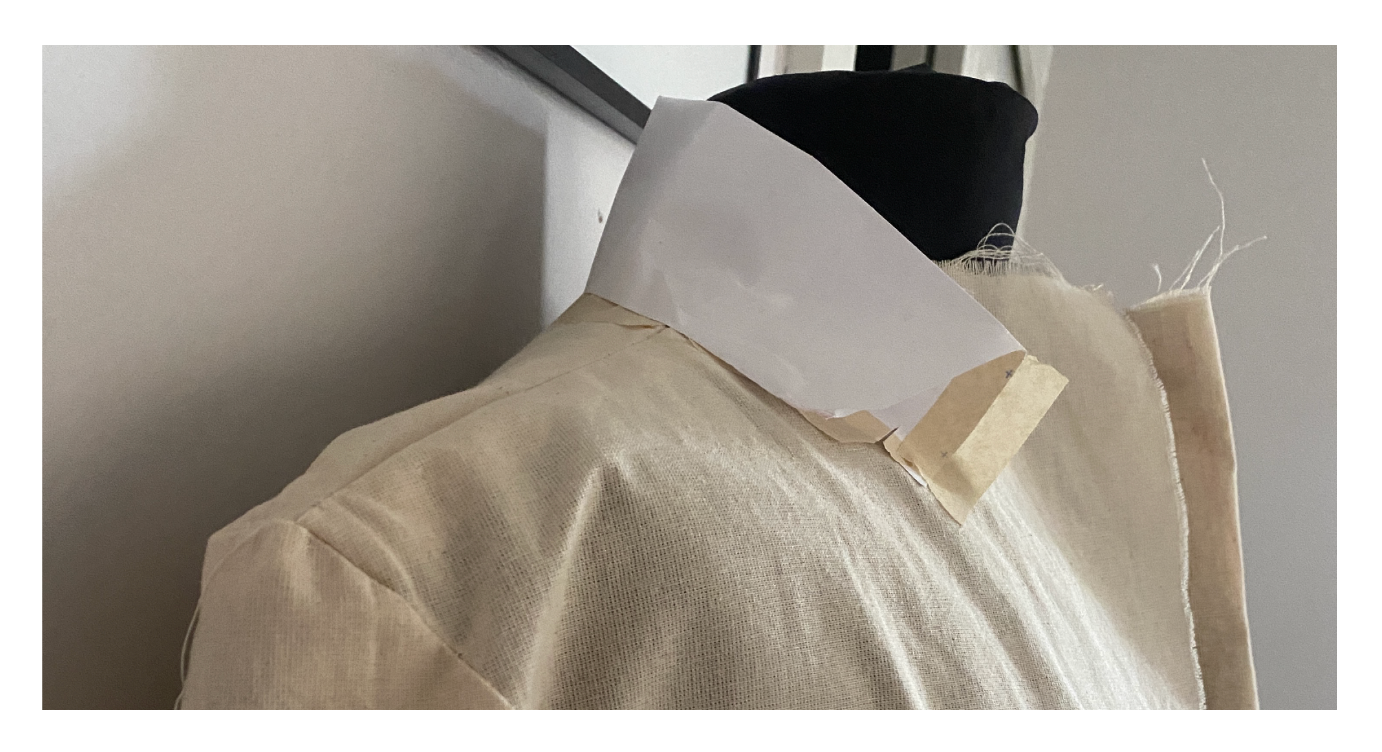
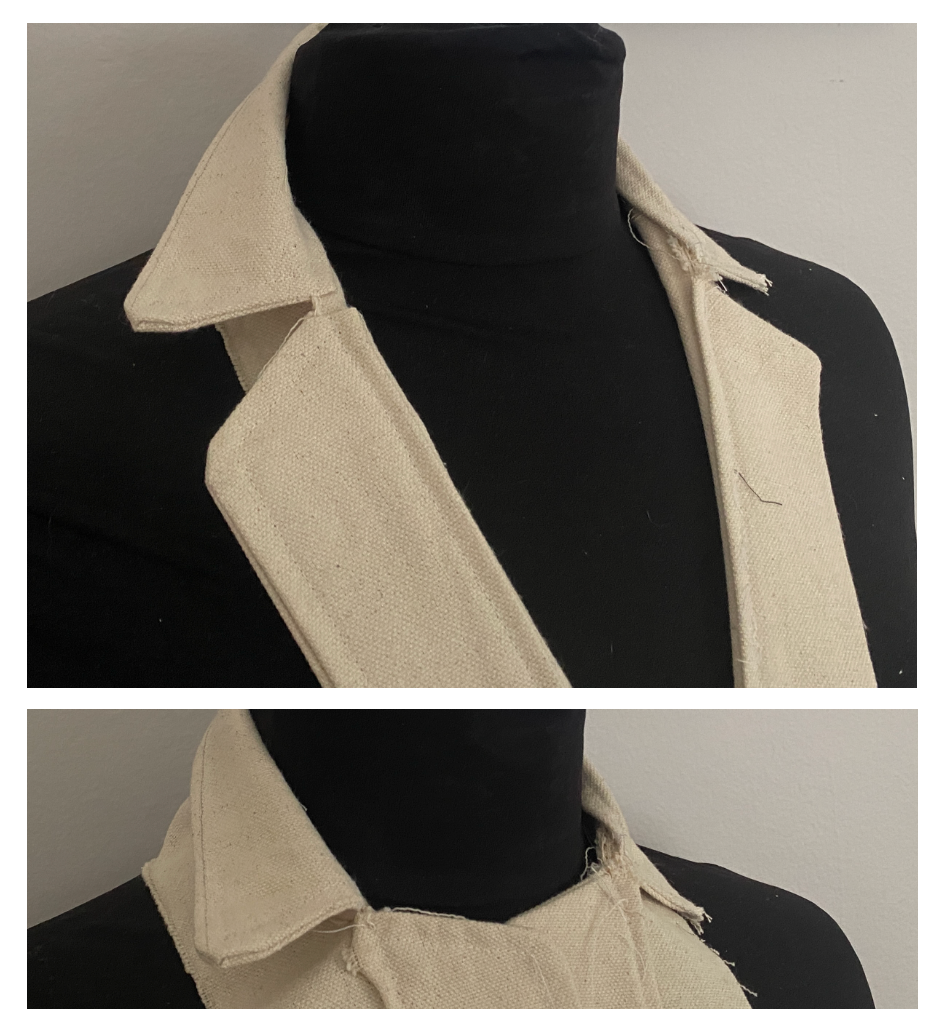
The collar was mocked up in paper, muslin, and canvas at full-scale to work out the shape of the pattern piece.
The second pattern and prototype referenced the previous prototype and other jackets as a sleeve reference. The lapels were fully incorporated into a new pattern, as well as the new sleeve and collar. The prototype was cut long on the sleeves and torso for hemming later.
Final Garment

